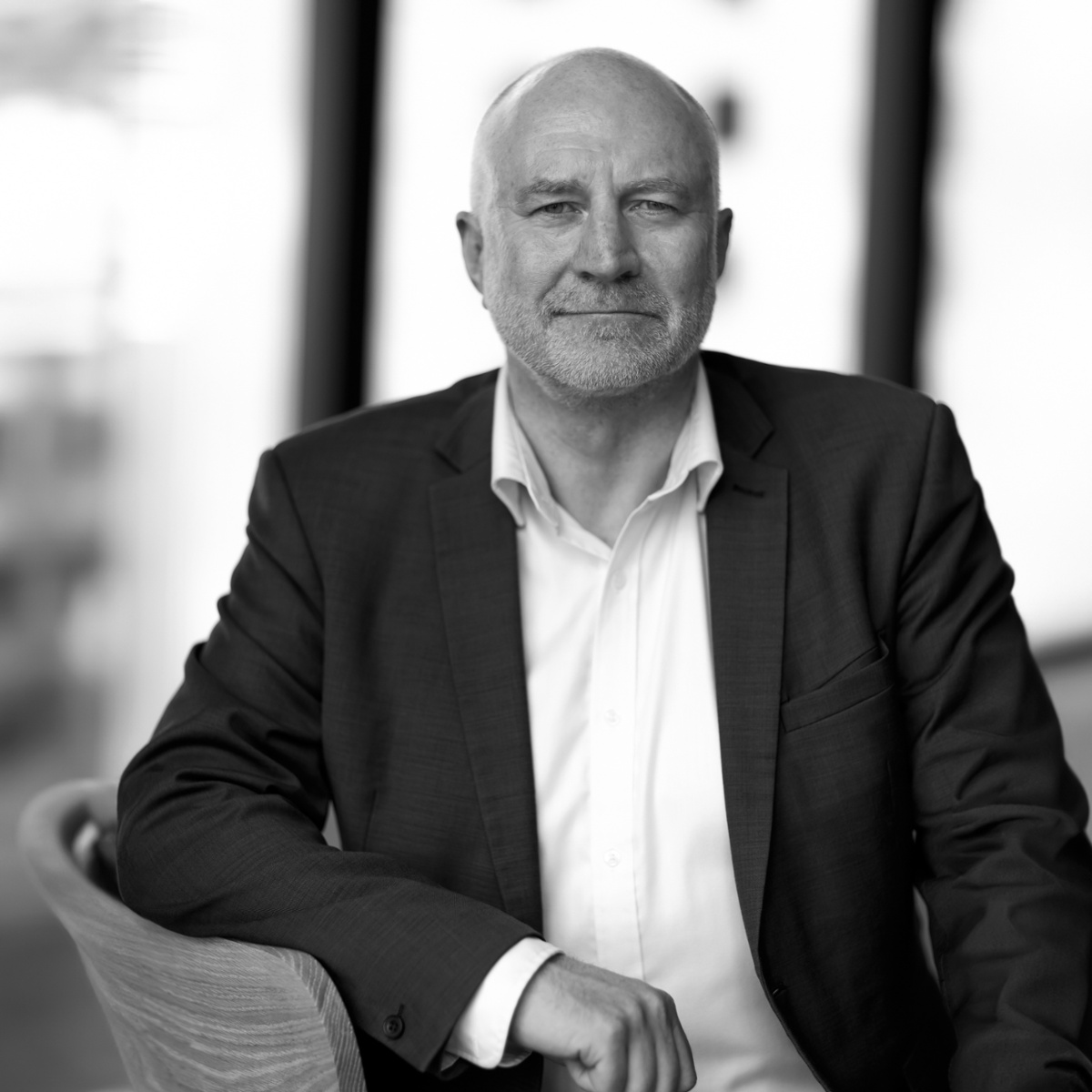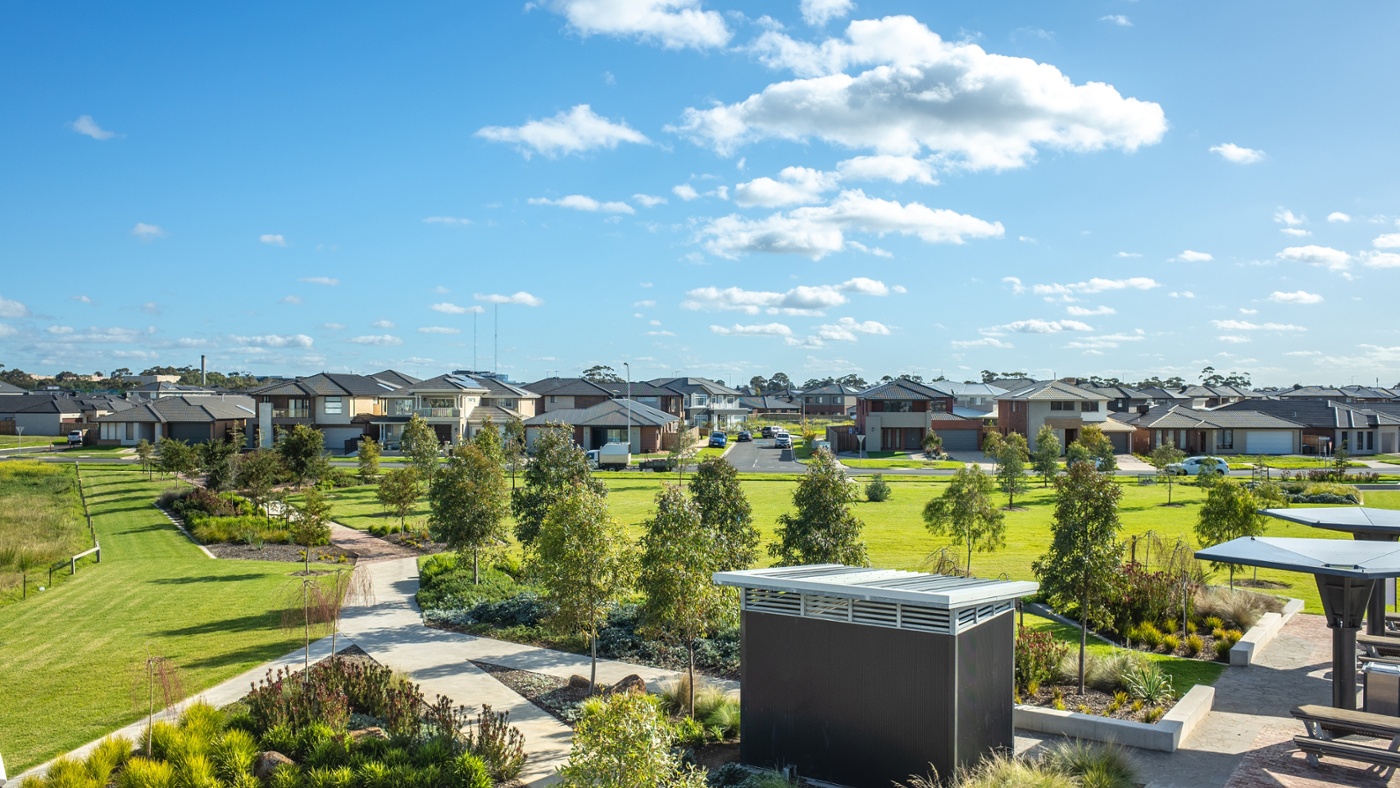Essential to the formation of Melbourne's urban landscape, Ethos Urban specialists examine the key elements that contribute to shaping successful, thriving activity centres, focusing on planning, design, economics and community engagement.
An activity centre is a designated area that serves as a focal point for a range of commercial, retail, entertainment, employment, and residential activities. According to the Victorian Planning Authority, these centres are "places where people shop, work, connect with family and friends, as well as live." They are part of Melbourne's strategic urban planning framework, which aims to promote sustainable development and reduce urban sprawl. This concept is outlined in the city's planning policies, such as Plan Melbourne - the metropolitan planning strategy.
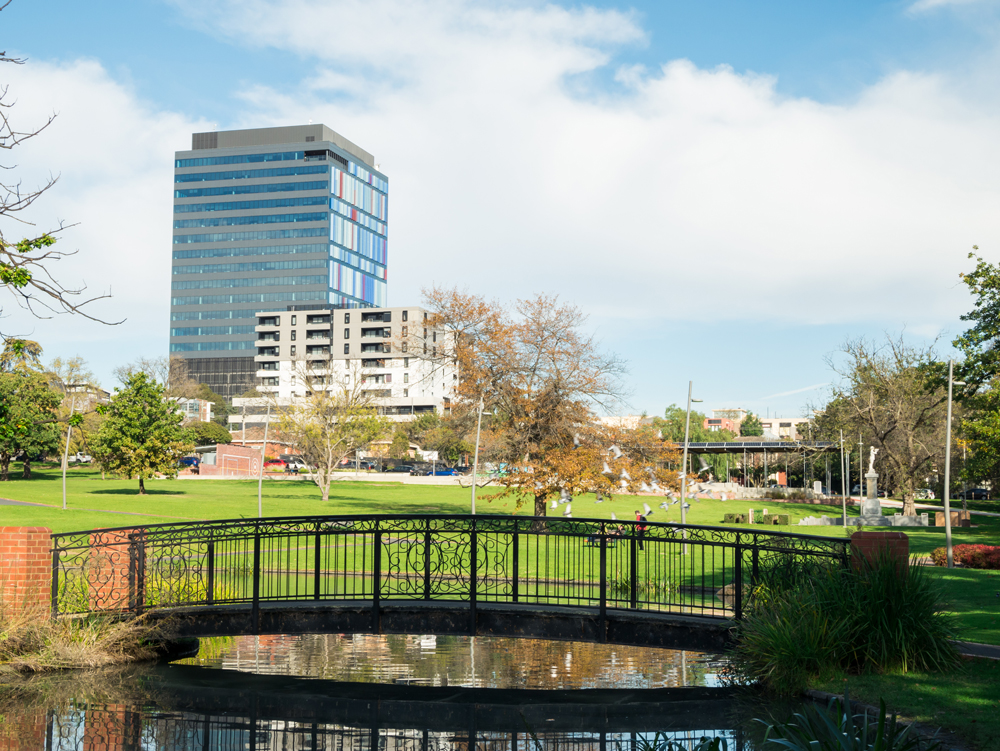
Box Hill (pictured above) offers access to retail, education, civic, medical, community service, entertainment and recreational opportunities.
Key characteristics and objectives of activity centres include:
Mixed-Use Development: Activity centres are designed to support a mix of uses, including shops, offices, housing, services, and public spaces. This mix promotes vibrant, lively environments where people can live, work, shop, and socialise.
Accessibility and Transport: These centres are typically well-serviced by public transport, including trains, trams, and buses. The aim is to reduce reliance on cars, improve accessibility, and support active transport modes like walking and cycling.
Economic Activity: Activity centres are intended to be hubs of economic activity, providing employment opportunities and supporting local businesses. This concentration of economic functions helps stimulate local economies and create job opportunities closer to where people live.
Community Services and Amenities: These centres often include a range of community services and amenities, such as schools, healthcare facilities, recreational areas, and cultural institutions, making them convenient and attractive places to live.
Sustainability: By concentrating development in designated areas, activity centres help reduce urban sprawl, preserve green spaces, and promote more sustainable land use patterns. They support environmentally friendly living by encouraging the use of public transport and reducing the need for long commutes.
Examples of major activity centres in Melbourne include Camberwell, Box Hill and Footscray. Each of these centres is a vibrant, accessible and sustainable part of the urban fabric, supporting Melbourne's growth and development goals.
These locations are also ideal locations for residential development: Higher-density residential development is encouraged within and around activity centres to provide a variety of housing options. This helps accommodate population growth and supports the viability of local services and businesses.
In Victoria's Housing Statement (20/09/23), which aims to address housing supply, the Victorian Planning Authority along with the Department of Transport and Planning is planning for additional homes near essential services, jobs, and transportation within 10 activity centres across Melbourne. The locations of these activity centres are: Broadmeadows, Camberwell Junction, Chadstone, Epping, Moorabbin, Niddrie (Keilor Road) & North Essendon, Preston (High Street) and Ringwood.
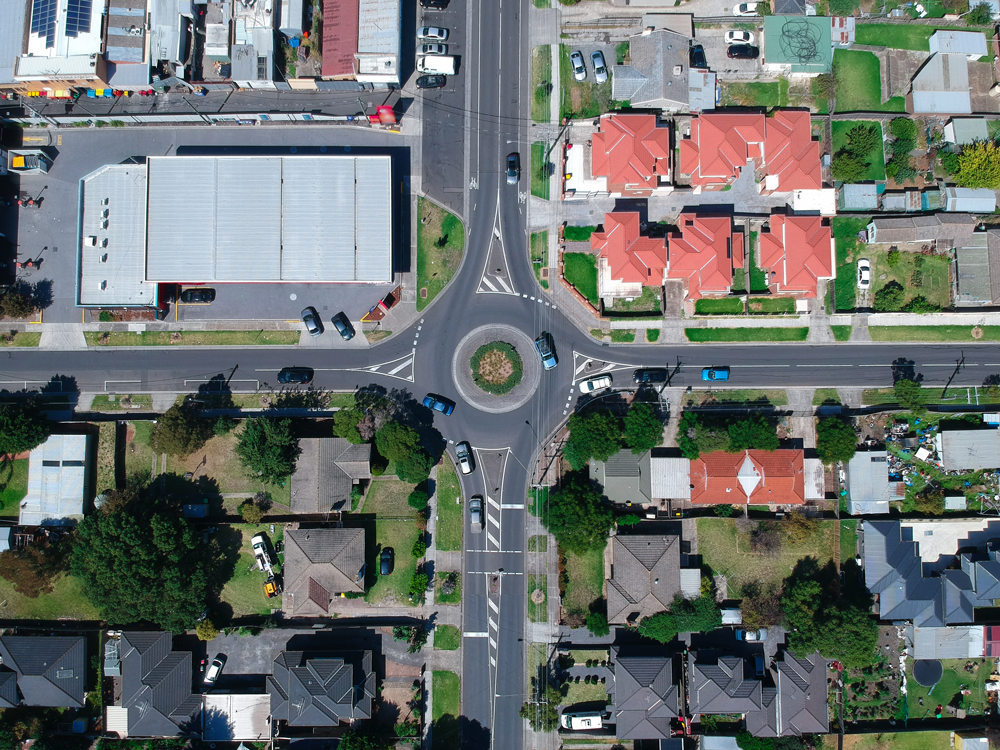
Broadmeadows (pictured above) is designated for more homes because it is close to the services and jobs of central Broadmeadows, as well as the transport connections offered by Broadmeadows Station.
Collaborating with local councils and communities, the program aims to deliver approximately 60,000 homes by reviewing building heights, design requirements and amending existing regulations to support appropriate development. This initiative is a key strategy by the Victorian Government to deliver more housing in strategic locations.
But what determines a successful, vibrant Activity Centre? Success requires clever planning, design, robust economics and good community consultation.
The Power of Placemaking
Imagine a place that seamlessly blends shops, cafes and residences with green spaces and convenient transportation.
“Planning for the future of activity centres is often complex, and a range of interests need to be considered. Some of these interests may compete with one another, whereby the achievement of one outcome may diminish or preclude the achievement of another. As planners who are able to see the bigger strategic picture, we have the capability to make balanced decisions that make the right trade-offs between these interests. For example, in areas less sensitive to change, greater height may be accommodated to provide affordable housing in order to preserve more sensitive locations from change,” says Chris Bain, Director of Planning.
Planners also have the ability to:
-
Ensure planning aligns with broader government policy aims, helping to optimise activity centres for the delivery of new homes, jobs and community benefits such as parks and community facilities.
-
translate evidence-based technical material such as traffic studies into practical plans.
-
integrate technical and community engagement aspects of the planning process.
-
work with a range of agencies to help get plans implemented.
The Ingredients for Success
It is important to ‘mix it up' with a variety of zoning designations to create a vibrant atmosphere, choosing locations with existing infrastructure and growth potential, prioritising green building practices for sustainability, and ensuring inclusivity through affordable housing and accessible public spaces.
Getting There and Around
Stefan Meissner, Director of design, comments, “You cannot underestimate the importance of prioritising multi-modal transportation options for a car-light lifestyle. This includes offering a variety of choices like walking, cycling, public transport and car-sharing. Additionally, he emphasises the value of Transit-Oriented Development (TOD) which places development near public transport hubs, maximising accessibility and reducing traffic congestion."
Keeping it Realistic
Chris McNeill, Economics Director, notes that “the delivery of housing in activity centres has been, and remains, a fundamental goal of planning policy. A key challenge at present is that many high-density residential developments are not commercially viable due to a significant increase in construction and development costs. Government – at all levels – along with the development industry (which delivers the vast majority of housing) need to come together to find an alignment between planning policy objectives and realisable economic outcomes”.
A Community Affair
As Associate Director of Social Strategy and Engagement, Georgie Hunt emphasises the importance of community involvement in creating successful activity centres. She highlights three key aspects: 'plan together' through engagement and feedback mechanisms that are inclusive to the demographic of the area, and which foster a sense of ownership to ensure the centre meets local needs; 'be transparent' about what the project can realistically achieve with the available resources, agree on priorities and negotiate the nice-to-haves; and 'keep the conversation going' with transparent communication throughout the development process to build trust and keep the community informed.
Activity centres are crucial components of Melbourne's urban fabric, promoting sustainable development and economic vibrancy and fostering a strong sense of community. The Victorian Government's initiative to deliver 60,000 new homes near existing activity centres is a positive step towards achieving this vision. By fostering collaboration between government, planners, designers and the community, Victoria can ensure these hubs continue to thrive and offer a high quality of life for residents, businesses and visitors alike.

Georgie Hunt
Associate Director, Social Strategy & Stakeholder Engagement | Sydney
Related Insights
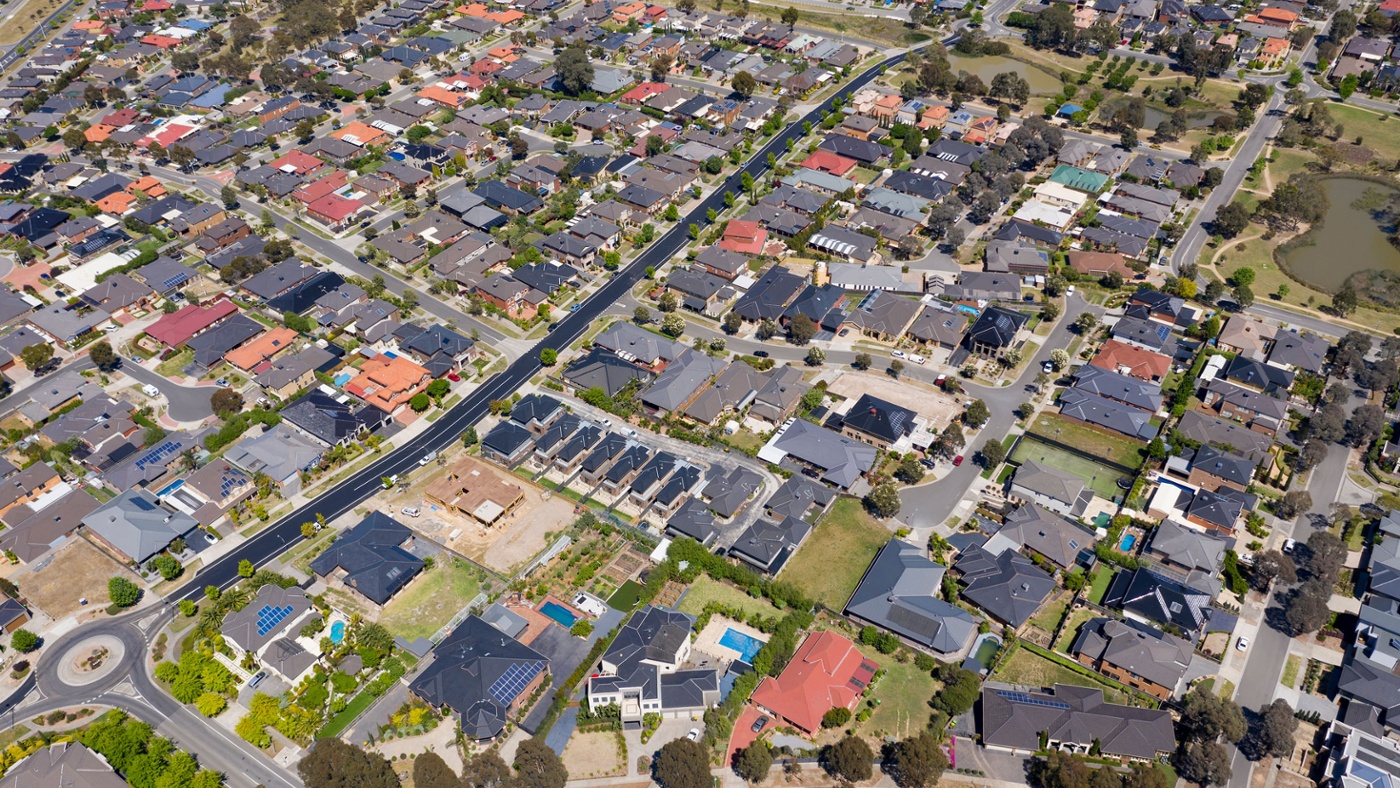
How Immigration Shapes Housing Choices in Victoria?
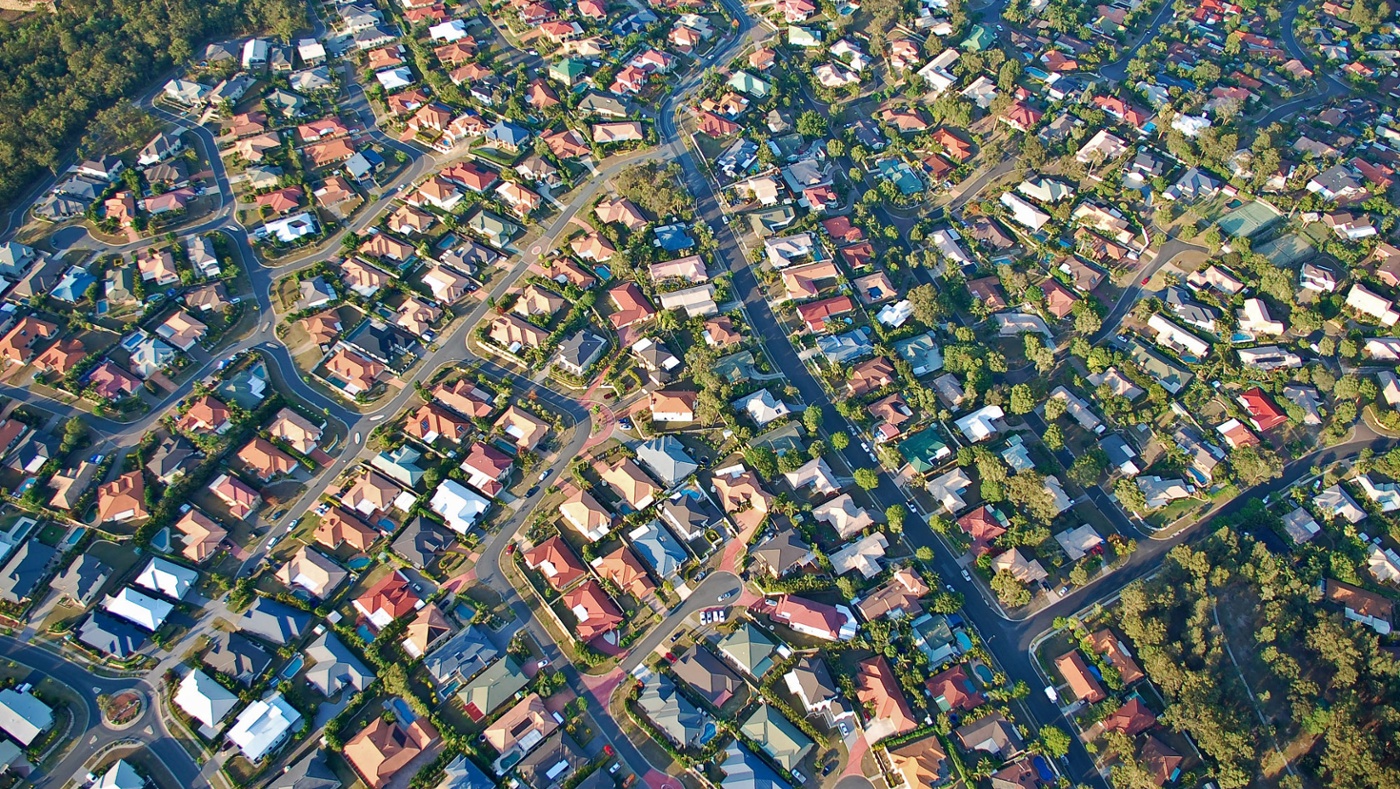
NSW Low and Mid-Rise Housing Reforms
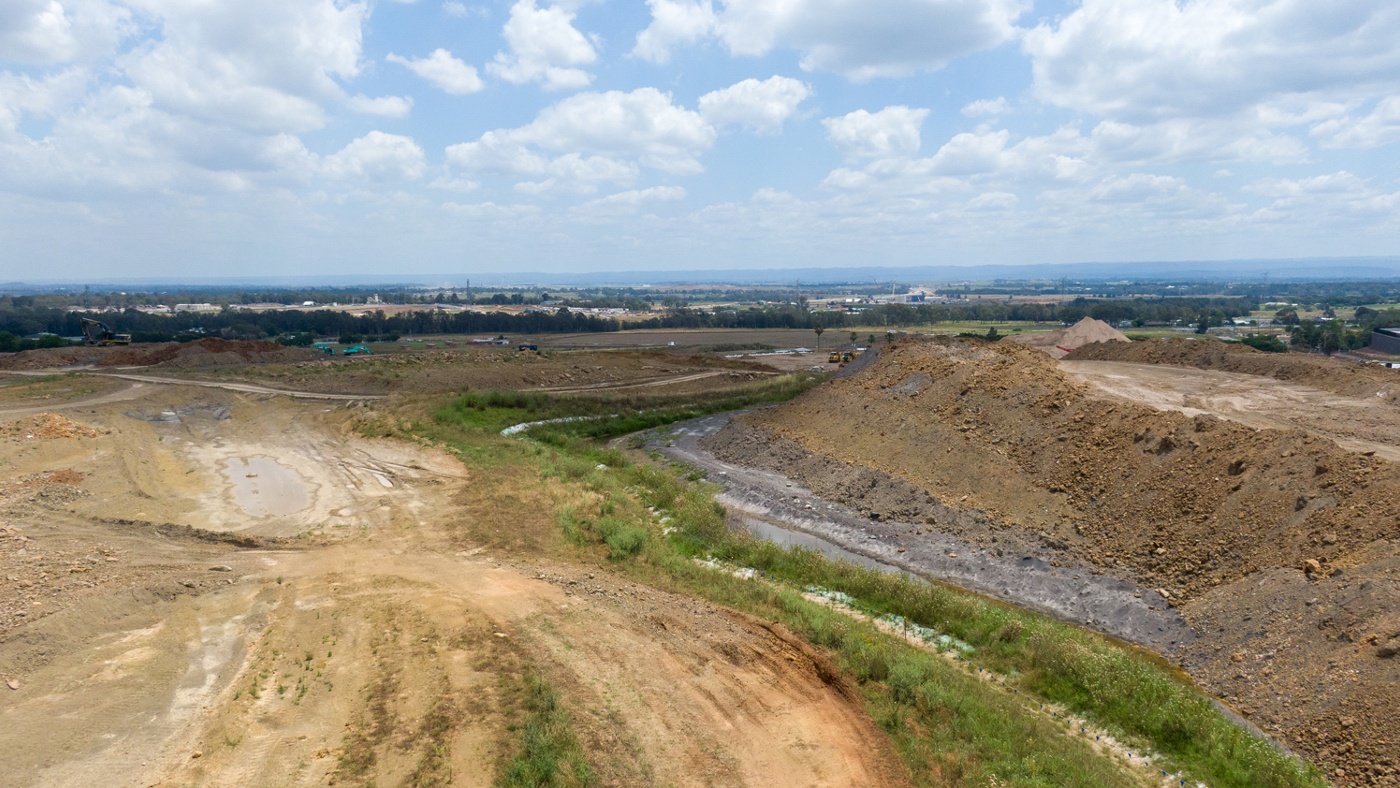
NSW Government Releases Industrial Lands Action Plan


